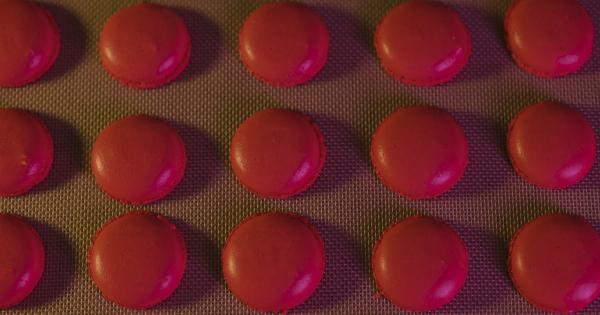Our nails are not just a means to make a fashion statement or accessorize our hands; they can also provide valuable insights into our overall health.
Many changes in the color, texture, and appearance of our nails can be signs of underlying health conditions. Therefore, it is essential to pay attention to our nails and learn to recognize when they might be indicating a potential health issue. In this article, we will explore the various nail colors and what they could signify about our health.
1. Pink or Healthy Nail Color
A healthy nail bed should ideally have a pinkish hue. This pink color is a result of a rich blood supply that nourishes the nails.
If your nails appear pale or white, it could indicate anemia, poor circulation, malnutrition, or even potential liver or kidney problems. On the other hand, if your nails have a blue tint, it could be a sign of poor oxygenation, lung or heart problems, or even Raynaud’s disease.
2. Yellow Nails
Yellow nails can be a clear indicator of an underlying health condition.
While occasionally caused by using nail polish without a proper base coat, yellow nails can also be a sign of fungal infections, psoriasis, thyroid dysfunction, diabetes, or respiratory diseases such as bronchiectasis. It is essential to consult a healthcare professional if you notice a persistent yellow discoloration in your nails.
3. White Spots or Lines
Occasional white spots or lines on the nails are usually harmless and often caused by minor injuries or trauma.
However, if you notice persistent and multiple white spots or lines on your nails, it might indicate a deficiency in essential minerals like zinc or calcium. It can also be a sign of liver or kidney problems.
4. Brown or Dark Streaks
Developing brown or dark streaks on nails can be an alarming indication of melanoma, a severe form of skin cancer. These streaks often appear as vertical lines and should not be ignored.
If you notice any unusual discoloration or changes in your nails, it is crucial to seek immediate medical attention.
5. Pale or Whitish Nails
Nails that appear pale or whitish can be a symptom of various health issues. Anemia, low iron levels, liver disease, and even congestive heart failure can cause nails to lose their healthy pink color and become pale or whitish.
If you continually notice this change in your nails, it is advisable to consult a healthcare professional to rule out any serious conditions.
6. Bluish Nails
Bluish nails can be a sign of poor circulation, specifically low oxygen levels in the blood. This condition is known as cyanosis and requires immediate medical attention.
Cyanosis can result from lung or heart problems, such as chronic obstructive pulmonary disease (COPD) or congenital heart defects. If your nails appear consistently bluish, it is vital to seek medical help.
7. Beau’s Lines
Beau’s lines are horizontal depressions or ridges that extend across the nail plate. They are usually caused by a temporary interruption of nail growth due to severe illness, injury, or certain medications.
Significant nutritional deficiencies can also cause Beau’s lines. Observing such lines on your nails can serve as a reminder to pay attention to your overall health and investigate any underlying causes.
8. Cracked or Brittle Nails
Brittle or cracked nails are often caused by a lack of moisture and essential nutrients in the nails. Frequent exposure to water, harsh chemicals, or excessive use of nail polish removers can weaken the nails and make them more prone to breakage.
However, persistent brittle or cracked nails may indicate an underlying health condition such as anemia, thyroid disorders, or fungal infections.
9. Spoon-shaped Nails
Koilonychia, commonly known as spoon-shaped nails, refers to nails that have a concave shape rather than the usual convex shape.
This condition can be an indicator of iron deficiency anemia or hemochromatosis, a condition characterized by excessive iron absorption. Additionally, spoon-shaped nails can indicate heart disease, hypothyroidism, or Raynaud’s disease.
10. Pitting or Dents
Pitting or small dents on the surface of the nails can be associated with a skin condition called psoriasis.
Psoriasis is an autoimmune disease that causes rapid cell turnover, resulting in the formation of thick, scaly patches on the skin, including the nail beds. Pitting can also be linked to connective tissue disorders, such as Reiter’s syndrome or alopecia areata.
Conclusion
Our nails can provide valuable insights into our overall health. Changes in nail color, texture, or appearance can serve as warning signs of underlying health conditions.
While not every nail issue indicates a severe problem, it is crucial to pay attention to these changes and seek medical advice when necessary. Regularly monitoring your nails and practicing good nail hygiene can help you identify potential health concerns early and take appropriate action.
Remember, your nails are not just accessories but can also act as indicators of your well-being. Take care of them, and they will help take care of you!.






























